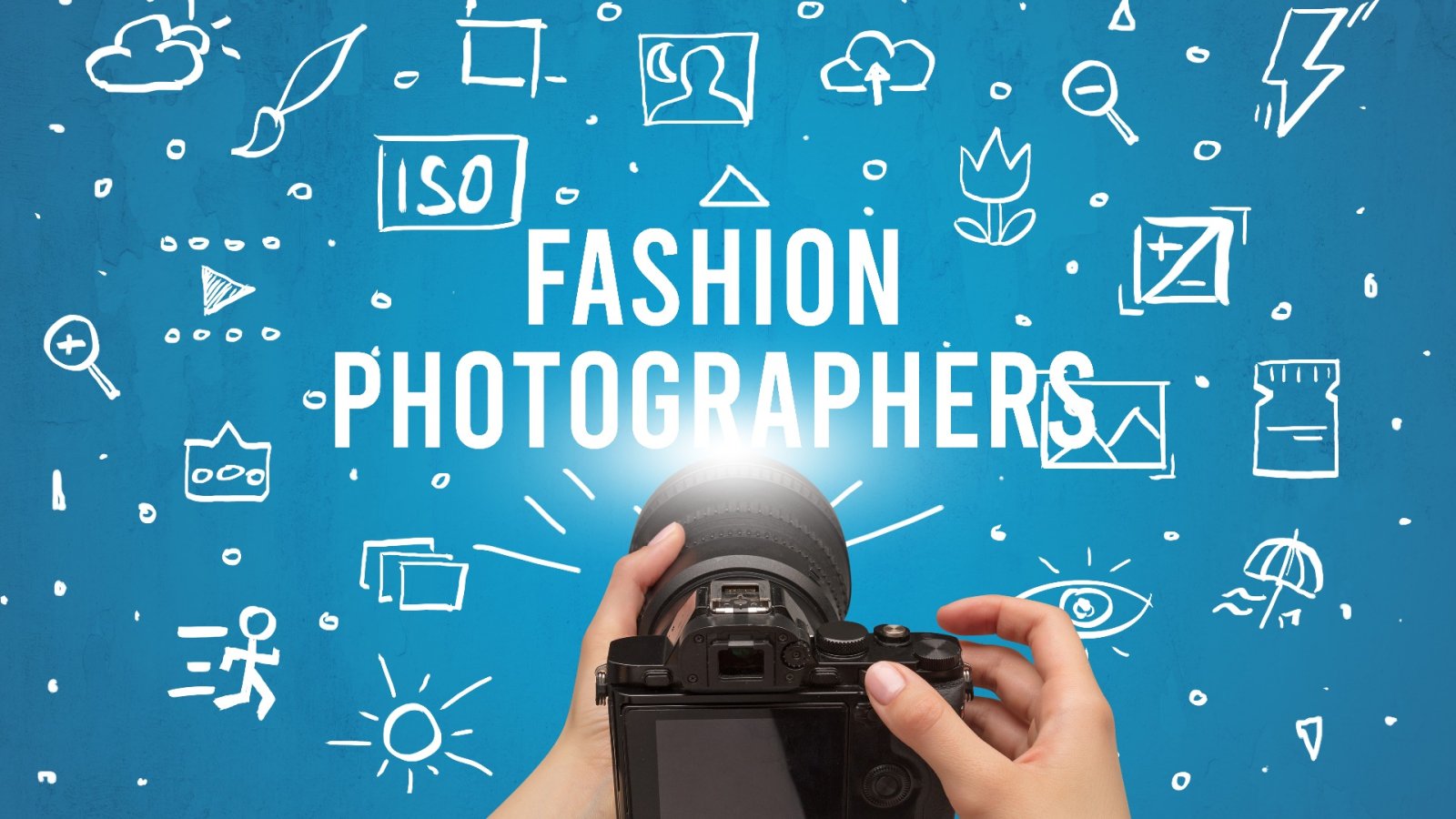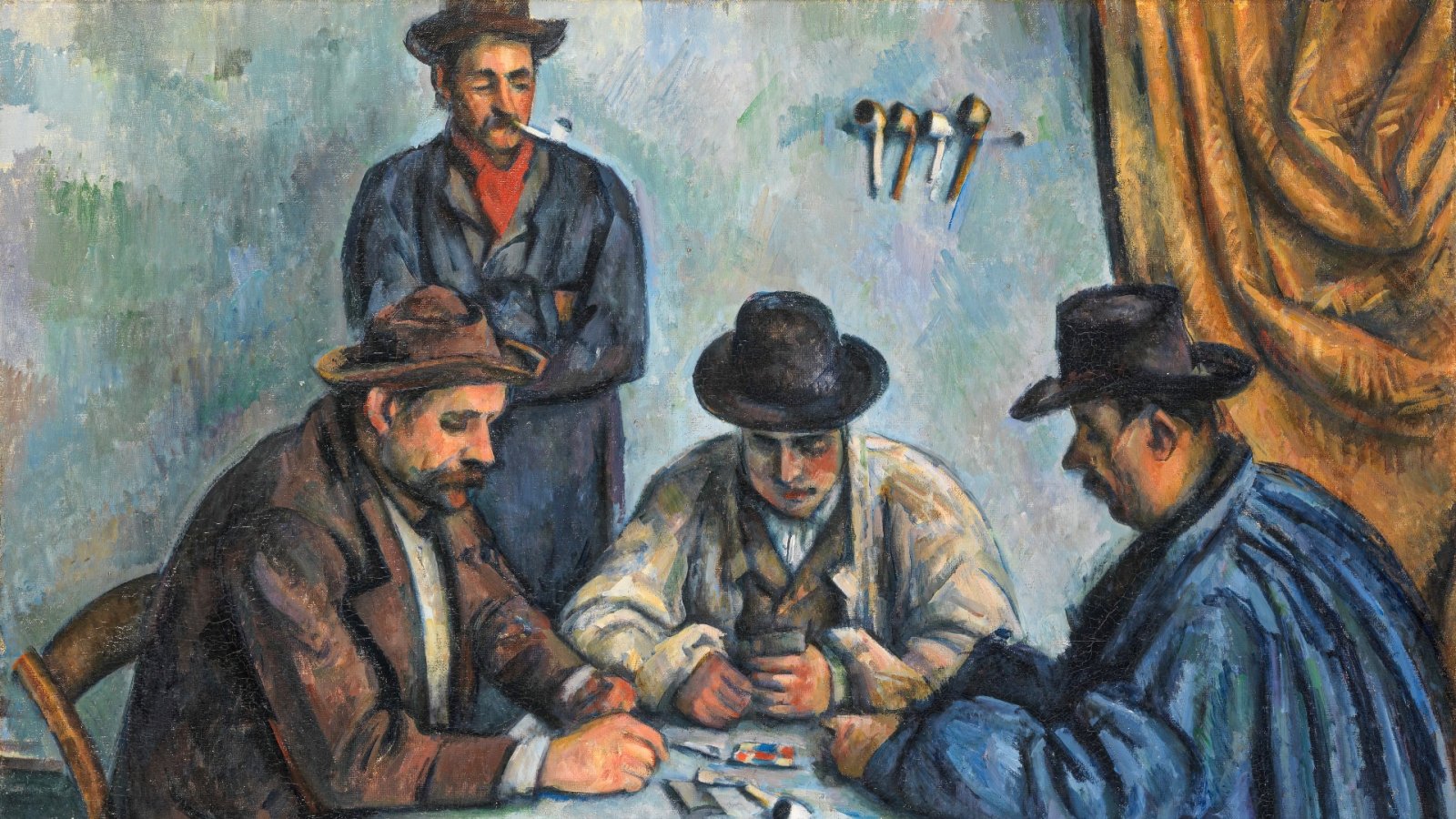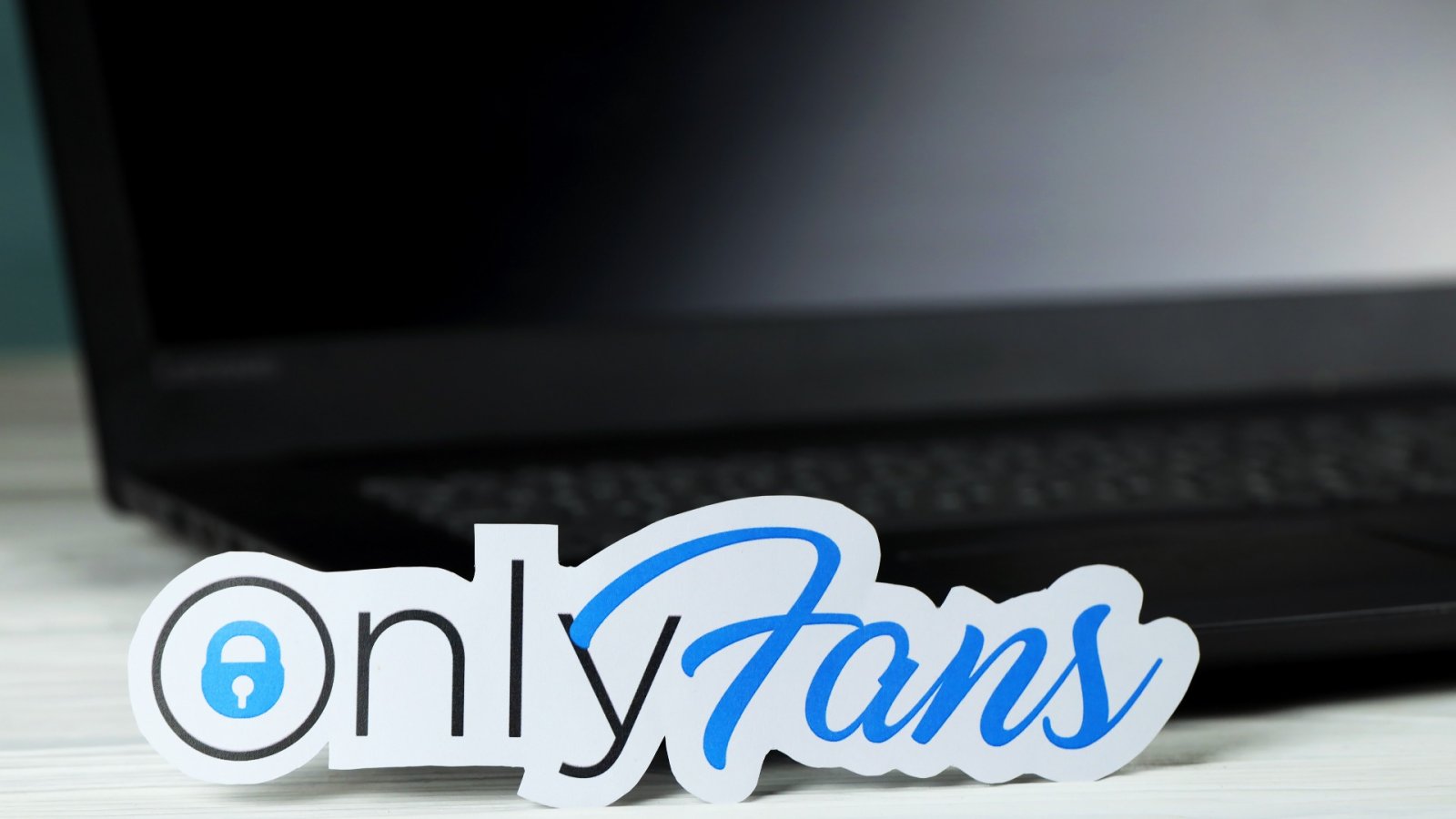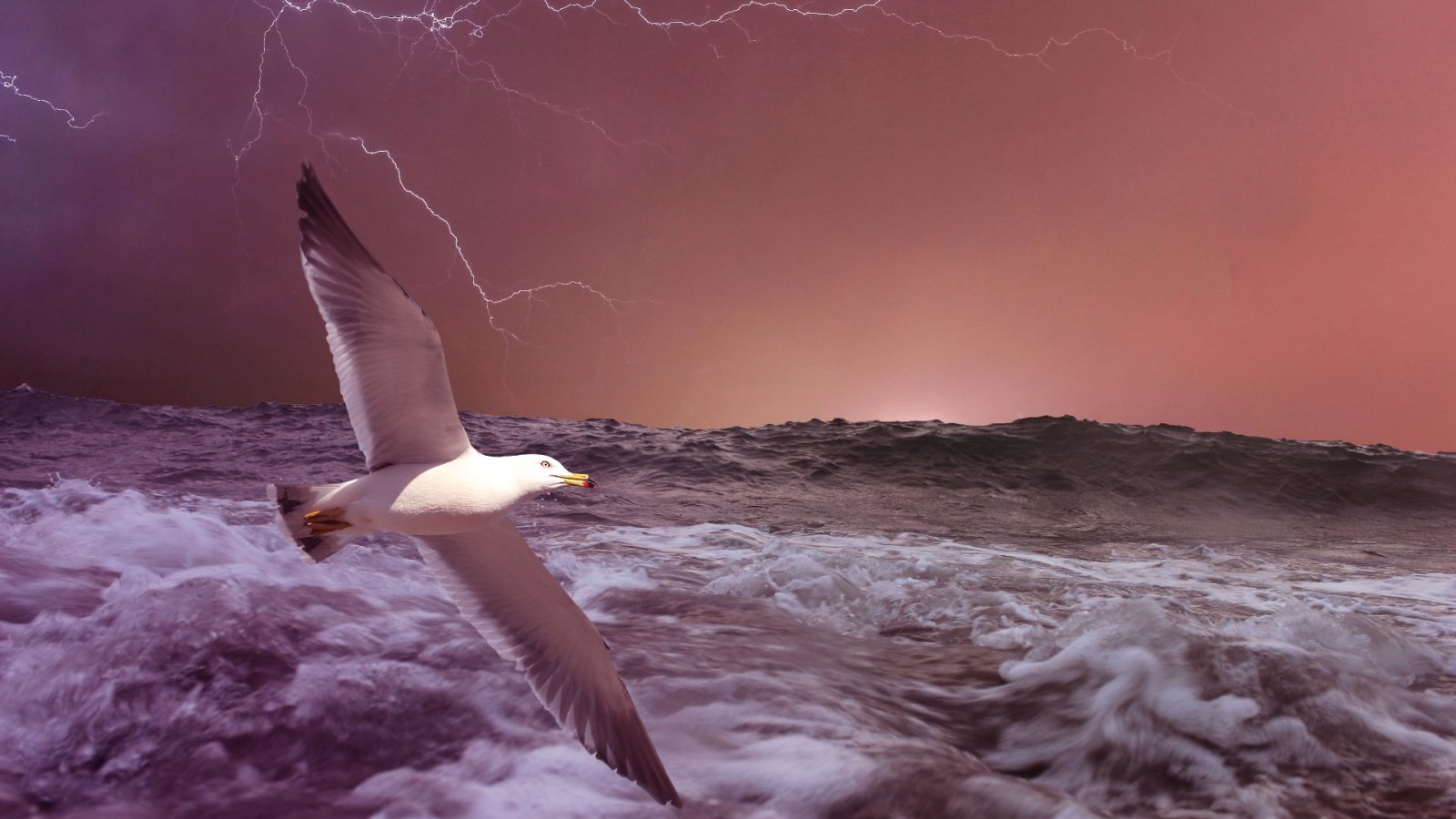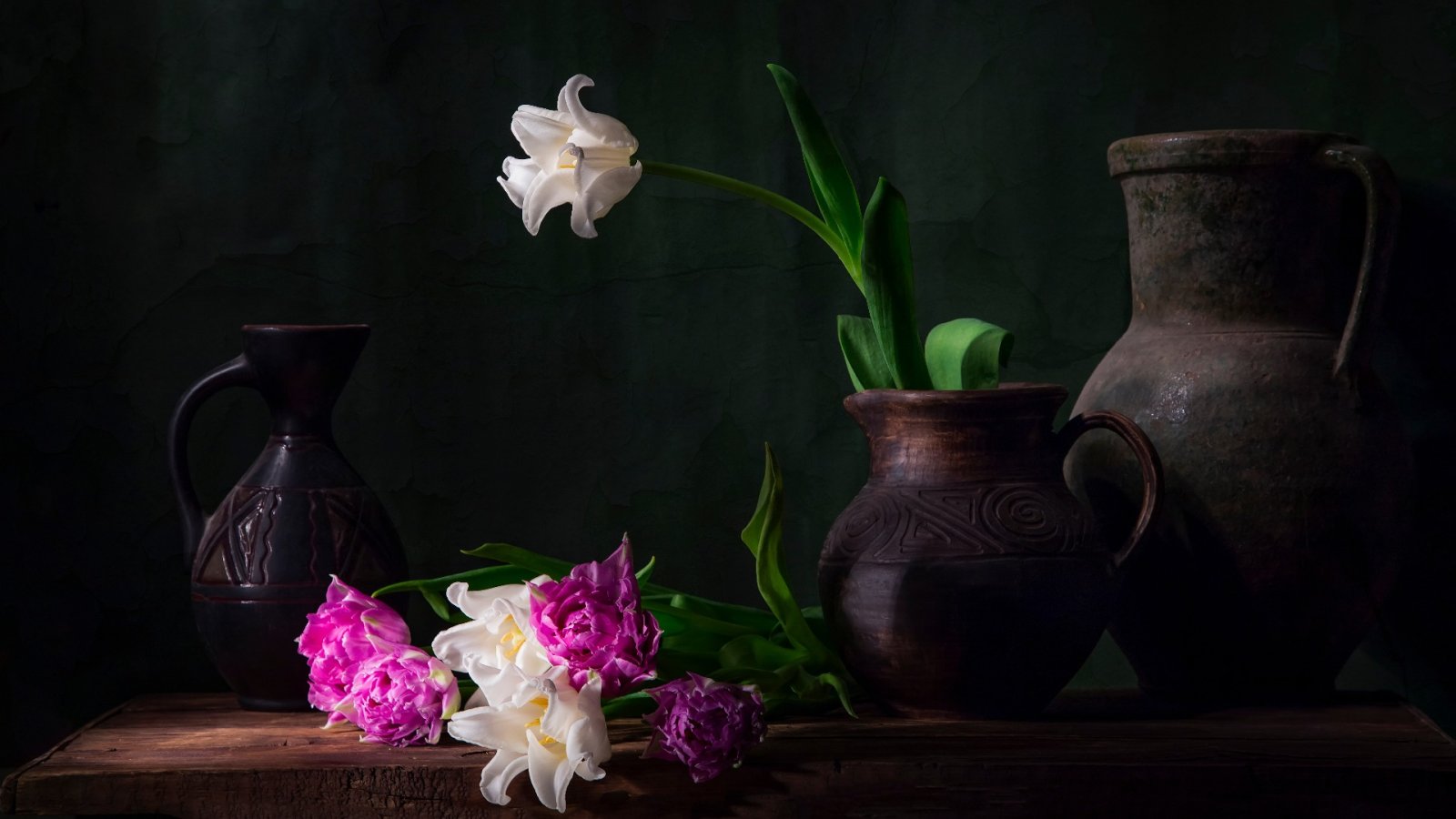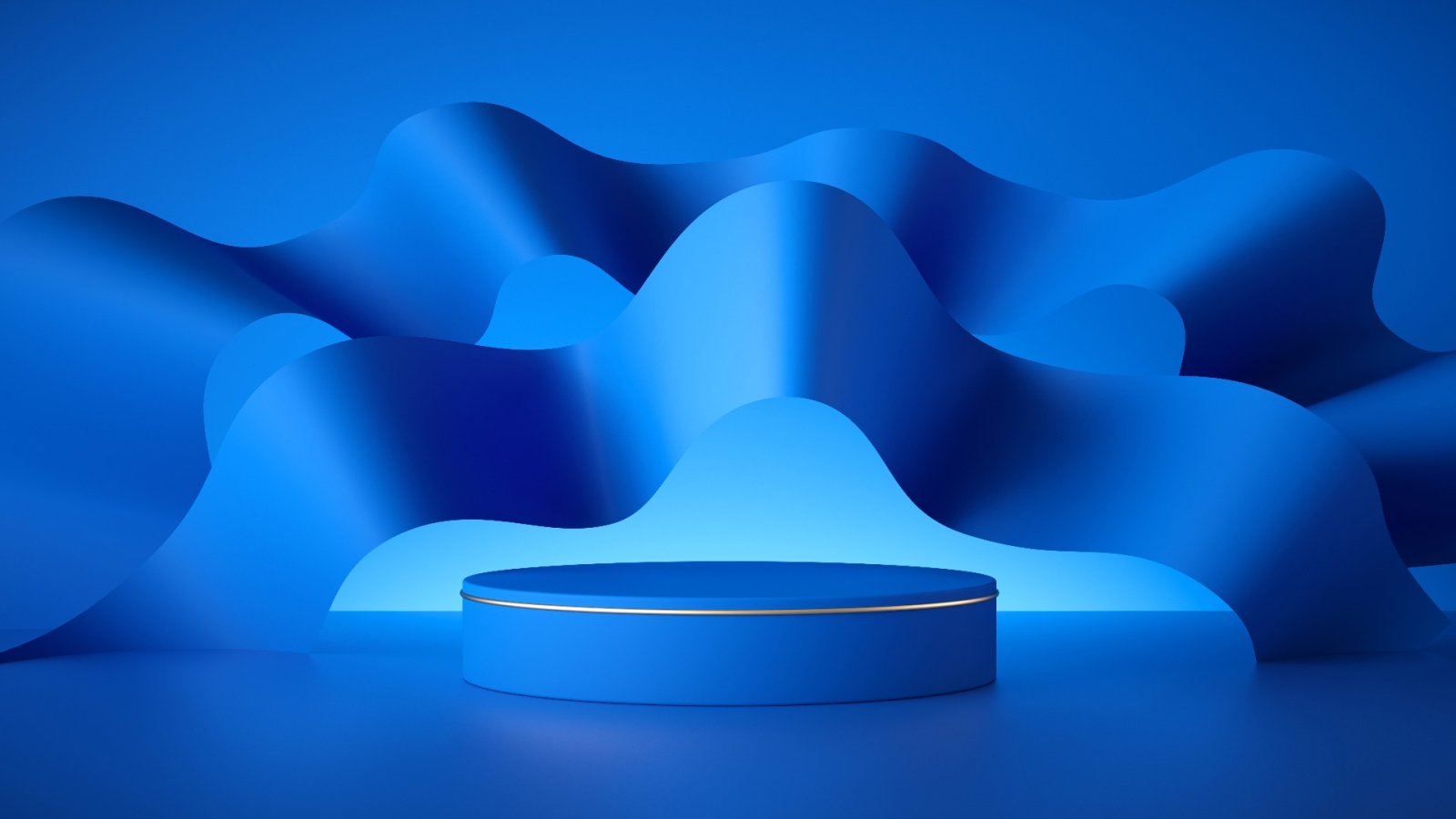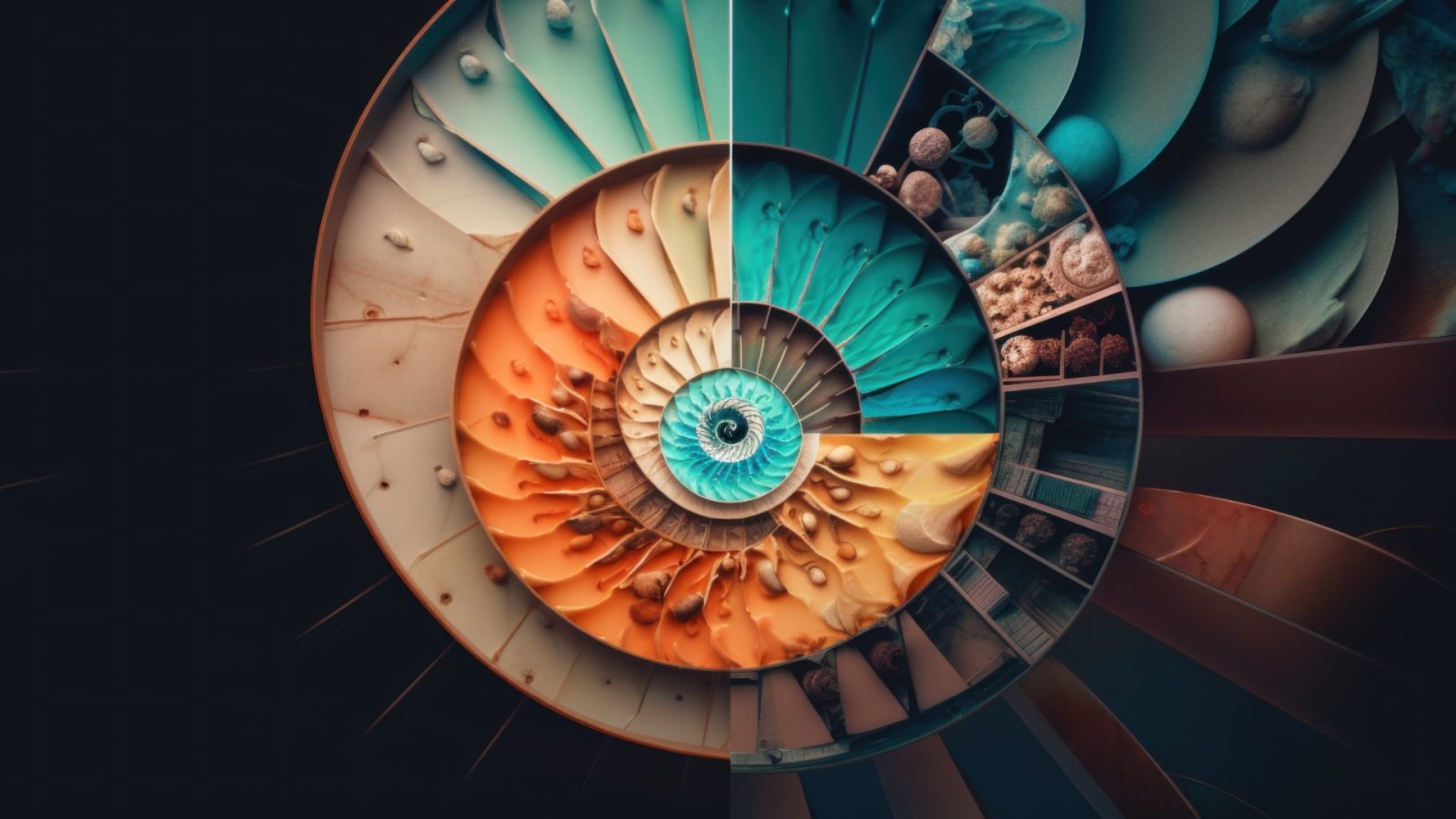Balancing creativity and concerns
The rise of AI has fascinated minds with its unpaired capabilities. However, with image generators like DALL·E 2, Midjourney, and Lensa, a sense of anxiety and dispute has emerged among artists and not only them but also marketing professionals who grapple with the importance of human creativity. While some have embraced these AI tools to embark into the universe of AI art, others approach the hype with quite a lot of skepticism. So, how do we navigate creativity in the age of advanced AI tools?
The emergence of progressive text-to-image instruments that seamlessly edit pictures, generate images with specific manners, and replicate the works of artists throughout history - all of it raises demanding questions about the future of human creativity. Will AI render creativity obsolete? As AI companies presented groundbreaking tools in 2022, bold predictions began to circulate about the demise of art, the potential loss of creative jobs, and the decline of human creativity. These projections, once conceptual, now seem like palpable possibilities for the first time.
While it's indisputable that AI can swirl out vast amounts of text, images, or audio at an astonishing pace, it's also paramount to recognize that the novelty of its outcome often hinges on the formulation of the prompts delivered to AI algorithms. Because after all, prompts act as the vital human-level components that facilitate any interaction with AI tools, serving you as the foundation for teaching AI to display your preferred imaginative behaviors and results. Simultaneously, AI compensates for its constraints by processing huge volumes of data, pushing the limits of what appears to be art created by humans. Art critic Jerry Saltz recently weighed in on AI-generated art, arguing that much of it is of subpar quality and that most AI art lacks genuine vision and creativity, expressing a desire to witness AI produce truly original concepts in response to powerful prompts.
But throughout history, the introduction of innovative devices for art creation has always sparked discussions. When the camera emerged, many artists viewed it as a threat, fearing a devaluation of human talent. Similarly, in the 20th century, purists attacked digital editing tools and computer-assisted design programs, considering them too reliant on unskilled human collaborators. In 2018, a groundbreaking moment occurred when the painting "Portrait of Edmond Belamy" became the first-ever artwork created by artificial intelligence to be sold at a major auction, fetching over half a million dollars. This event marked a significant breakthrough in the field at that time. However, compared to the capabilities of today's advanced image generators, the portrait itself appeared quite elementary.
In just five years, AI art generators have experienced an exponential leap in detail and subtlety. As artists first noticed the photorealistic designs crafted by the AI image generator DALL·E 2, an unsettling feeling pervaded the creative community. As a result, we have this ongoing debate between supporters and skeptics. Amidst the rapid accumulation of AI generators, both supporters and worriers present convincing arguments to defend their views. Which leads us to the next discussion: what are the style appropriation and copyright concerns?
Critics point out that the current era of AI tools possesses a remarkable power not just to create stunning art with minimal human input, but rather in how they achieve this. AI image generators collect millions of photos from private databases and the internet, using them to train the devices to detect patterns and correlations for developing new images in similar styles. However, this procedure raises concerns, as some of these images might be copyrighted works by real artists. Therefore, artists who have shared their work online may have unknowingly donated to the training of their algorithmic opponents in the creative realm.
The clashes and disputes among creatives, corporations, artists, and developers signify the early stages of a growing backlash against a new and awe-inspiring era of creative tools. It's no doubt that AI-generated art opens up new possibilities and routes for expression, yet it simultaneously evokes profound inquiries about the essence of imagination and the subjective side that has long been the foundation of art. As the debate surrounding AI art persists, the vital question of whether machines can truly produce original -- remains in the hands of us humans.
